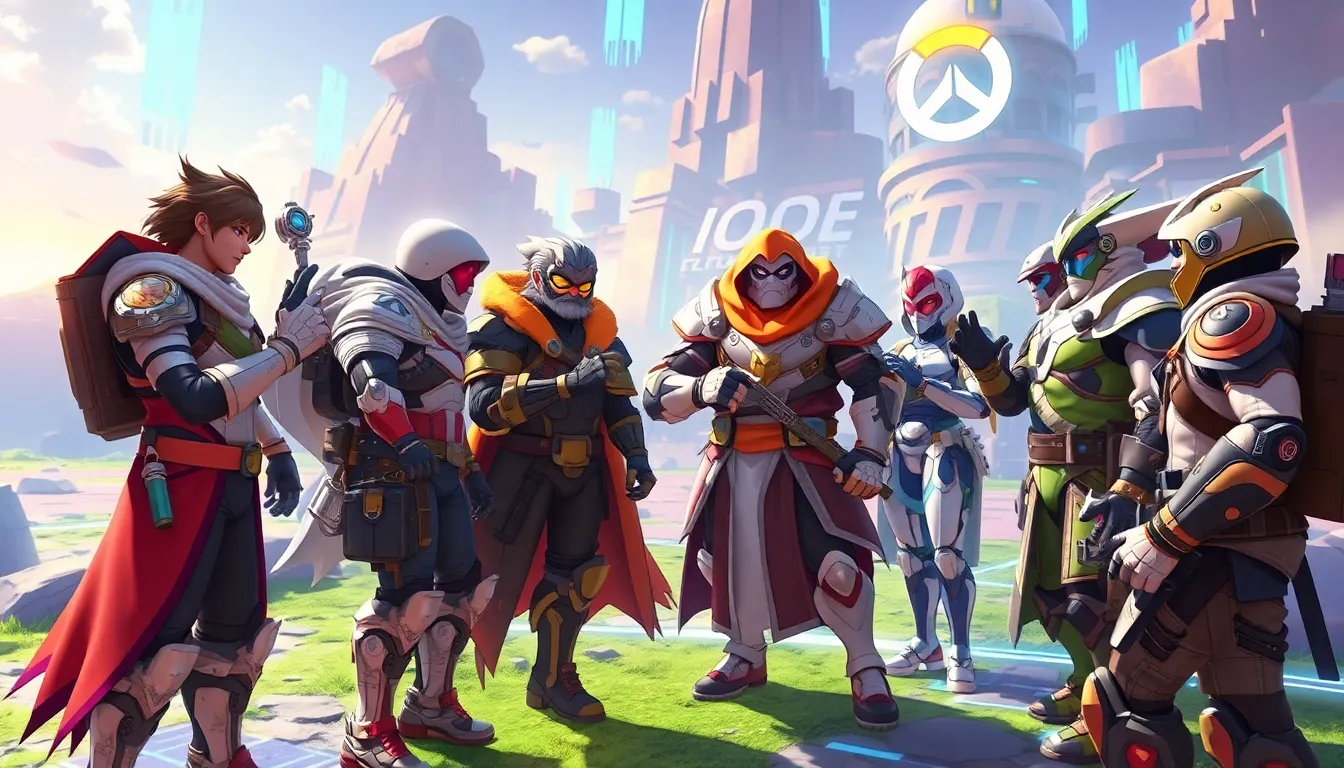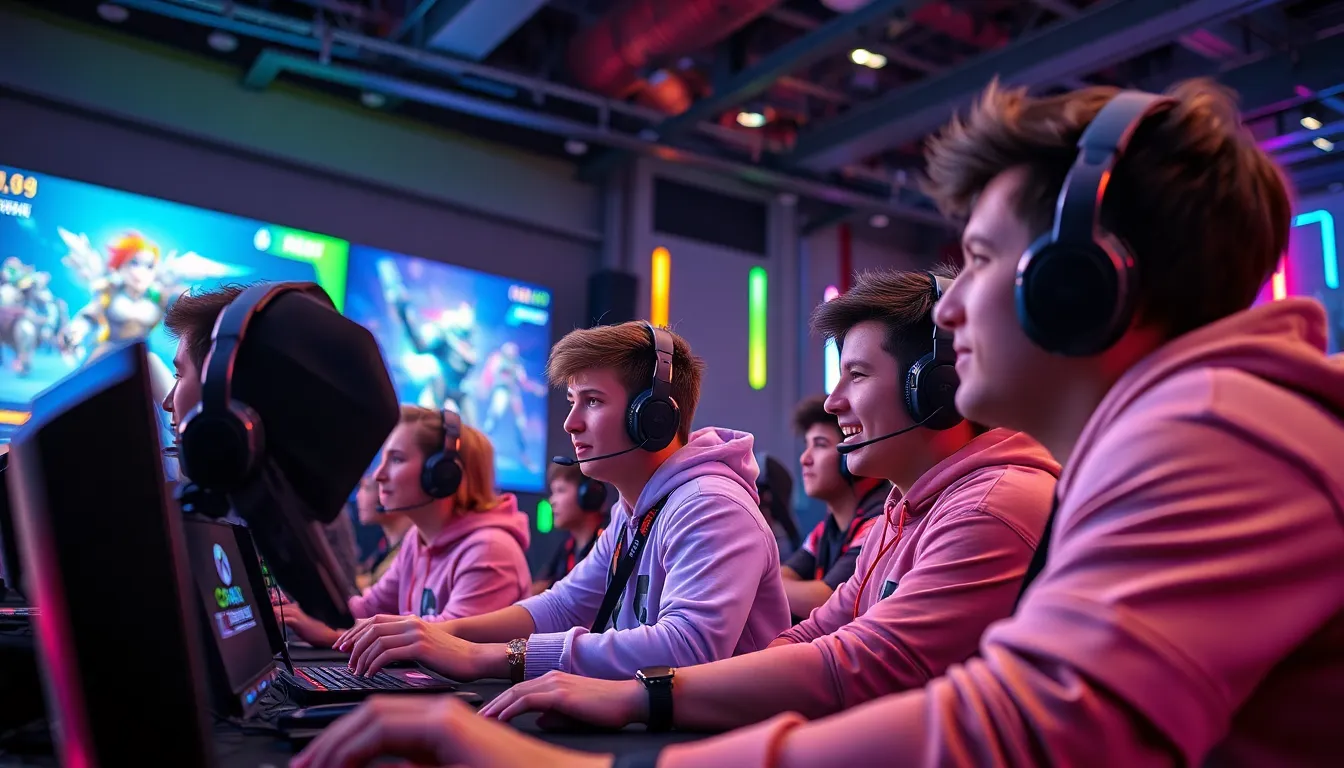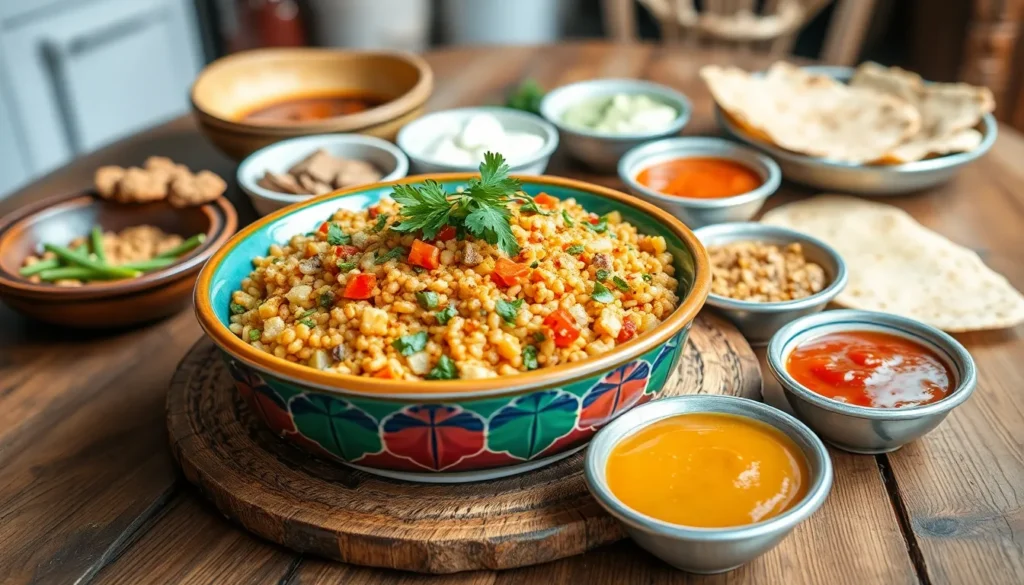Table of Contents
ToggleIn the ever-evolving world of Overwatch, hero rotations are like a box of chocolates—you never know what you’re gonna get. One moment you’re dodging Reinhardt’s hammer, and the next, you’re face-to-face with a sneaky Sombra. These rotations keep the game fresh and exciting, but they can also throw players for a loop. Understanding the current meta can be the difference between victory and a quick trip back to the spawn room.
Overview Of Overwatch Hero Rotations
Hero rotations in Overwatch constantly shift, affecting gameplay and strategies. These rotations ensure variety, keeping players engaged. Developers frequently adjust the roster, introducing new heroes or tweaks to existing ones. Adaptation plays a crucial role in player success.
Understanding the current meta is vital. It influences the selection of heroes, impacting team compositions. Popular heroes may dominate one season, while others rise in the next. Each patch brings changes, and players must stay informed about these updates.
Rotations also introduce new challenges. Players must have a deep knowledge of hero abilities and synergy. Coordination with teammates becomes essential, influencing match outcomes. Counter-picking is an effective strategy, allowing teams to exploit weaknesses.
The selection pool varies per competitive season. Some rotations favor tank heroes, while others spotlight damage dealers or supports. Teams often strategize around these changes to maximize their effectiveness. Gathering data from previous matches aids in understanding successful compositions.
Observer patterns within rotations reveal trends. Through analysis, players can anticipate which heroes might gain popularity. Regularly monitoring patch notes aids in adapting strategies quickly. Staying ahead of hero rotation trends enhances competitive play.
Engagement in community discussions furthers comprehension. Connection with other players provides insights into optimal hero choices. As the game evolves, participation in forums and streams can illuminate strategies. Active involvement in the community fosters growth and adaptability in gameplay.
Importance Of Hero Rotations

Hero rotations play a vital role in Overwatch, affecting gameplay dynamics significantly.
Enhancing Team Composition
Diverse hero choices strengthen team composition. Every hero brings unique abilities, allowing players to create effective synergies. For instance, pairing a tank with strong crowd-control abilities can protect damage dealers. Flexible team compositions adapt to changes in the meta, ensuring resilience against various strategies. Selecting heroes that counter opponents adds another layer of strategy. Understanding which heroes complement each other fosters collaboration. Players maximize their potential when they choose heroes that can fill various roles. Keeping an eye on current meta trends helps in making informed decisions about hero selections. A well-rounded team prepares for different scenarios during matches.
Adapting To Opponent Strategies
Adapting to opponent strategies proves essential for success. Teams must analyze enemy hero choices and make informed adjustments accordingly. If opponents dominate with specific heroes, selecting counter-picks can turn the tide. Analyzing enemy team composition helps identify potential weaknesses. Players who gather information from previous matches gain insights to improve their strategies. Quick adaptations during gameplay lead to better coordination and execution. Proactive adjustments can neutralize high-impact enemy heroes. Remaining aware of shifts in the meta helps in responding to shifting team dynamics effectively. Engaging in strategies learned through community discussions provides an edge in competitive play.
Current Hero Rotation Trends
Hero rotations in Overwatch evolve continuously, affecting gameplay dynamics and player strategies. Players must stay attuned to the current meta to improve their performance.
Meta Shifts And Their Impact
Meta shifts significantly influence hero selection and team compositions. Popular heroes often dominate during particular seasons due to balance changes from developers. Some patches favor tanks, while others highlight damage dealers or support heroes. Players relying on successful strategies from previous seasons may find themselves at a disadvantage when new patches arrive. Adapting quickly to these shifts becomes crucial for winning matches. Understanding how these shifts affect favorite heroes can lead to better gameplay decisions.
Community Feedback And Insights
Community feedback plays a vital role in shaping hero rotations and player experiences. Developers often consider public sentiment to refine hero balance and address concerns. Insights percolating from forums, social media, and streaming platforms help players stay informed on the latest strategies and hero effectiveness. Engaging with the community fosters knowledge sharing, allowing players to discover counter-picks and synergies they may not have considered. Prioritizing information from trusted sources and fellow players enhances competitive play and builds a more cohesive gaming culture.
Tips For Mastering Hero Rotations
Mastering hero rotations requires keen awareness and strategic thinking. Players must adapt quickly to the ever-changing environment within Overwatch.
Understanding Maps And Modes
Understanding maps and modes is essential for successful hero rotations. Each map features unique layouts and objectives, influencing which heroes perform best. Players should analyze map-specific traits; for instance, those with verticality favor heroes with mobility abilities like Genji. Likewise, objectives impact hero choice; Payload maps often benefit from robust tanks while Control maps might favor agile flanking heroes. Adapting hero selection to match map dynamics ensures teams maximize effectiveness during matches. Players can enhance performance by studying popular strategies and hero placements within various map contexts.
Communication With Your Team
Effective communication with the team enhances hero rotation strategies. Clear signals regarding hero selections and desired compositions help synchronize gameplay. Sharing information about enemy hero choices enables effective counter-picks and adjustments. Engaging in discussions about team strategies boosts confidence and cohesion, allowing players to adapt more swiftly. Regular updates on hero performance during matches also facilitate informed decisions. Utilizing voice chat or in-game markers can significantly improve coordination during critical moments. Combining strong rotations with open communication creates a better strategic approach that leads to victorious outcomes.
Future Of Overwatch Hero Rotations
Anticipating future hero rotations hinges on community feedback and gameplay trends. Players can expect developers to continue refining roster balance based on player experiences. Data from competitive play significantly influences these adjustments, ensuring that hero effectiveness aligns with the evolving meta.
Diversity in hero selection remains crucial for maintaining engagement. Each rotating season may favor different roles, showcasing the need for players to adapt their strategies. Recognizing the impact of patches on hero viability empowers players to adjust their tactics swiftly.
Meta shifts often give rise to new strategies, emphasizing the importance of being aware of changes. Players who remain engaged with community discussions typically gain insights into effective counter-picks and team compositions. This engagement fosters a collaborative environment where knowledge sharing enhances overall gameplay.
Studying map layouts will continue to play a vital role in hero rotations. Unique map objectives often dictate which heroes emerge as advantageous in specific scenarios. Players who analyze these specifics will optimize their hero choices accordingly.
Effective communication within teams sets the foundation for successful rotations. Synchronizing strategies enables players to capitalize on the strengths of their selected heroes. By fostering open dialogue, teams can implement informed decisions that enhance their performance.
As the game progresses, staying informed about rotation trends proves essential. Players who track balances and patch notes will likely navigate gameplay changes more adeptly. Embracing the dynamic nature of hero rotations prepares players for a competitive edge in future seasons.
Hero rotations in Overwatch play a vital role in shaping the game’s landscape. They keep gameplay fresh and engaging while challenging players to adapt their strategies continuously. Understanding the current meta and the nuances of hero abilities can make all the difference in competitive play.
As players navigate through shifting rotations, effective communication and teamwork become essential. By staying informed on community insights and patch notes, players can refine their strategies and enhance their overall performance. Embracing the unpredictable nature of hero rotations not only fosters growth but also enriches the gaming experience, ensuring players remain competitive in every season.




